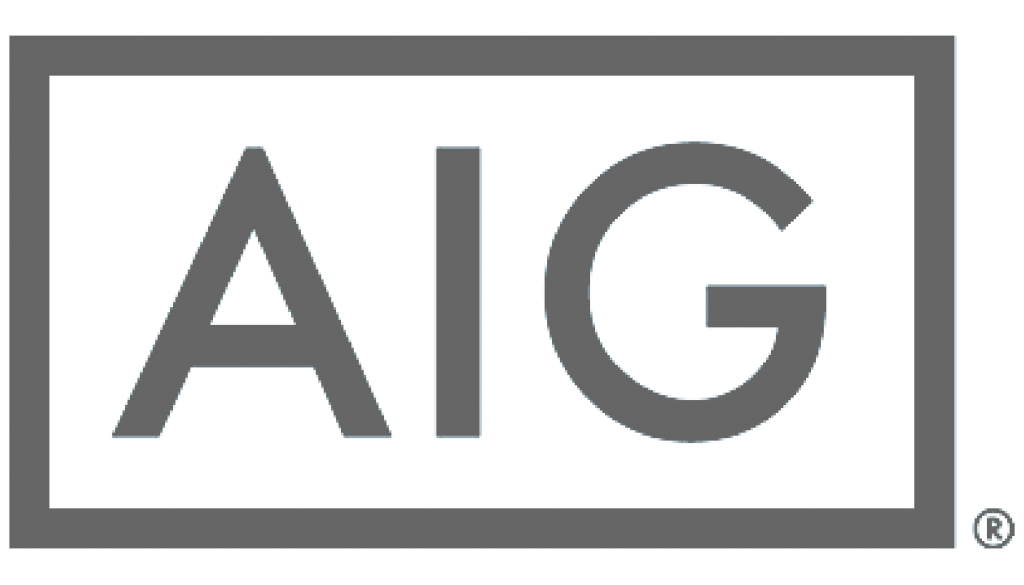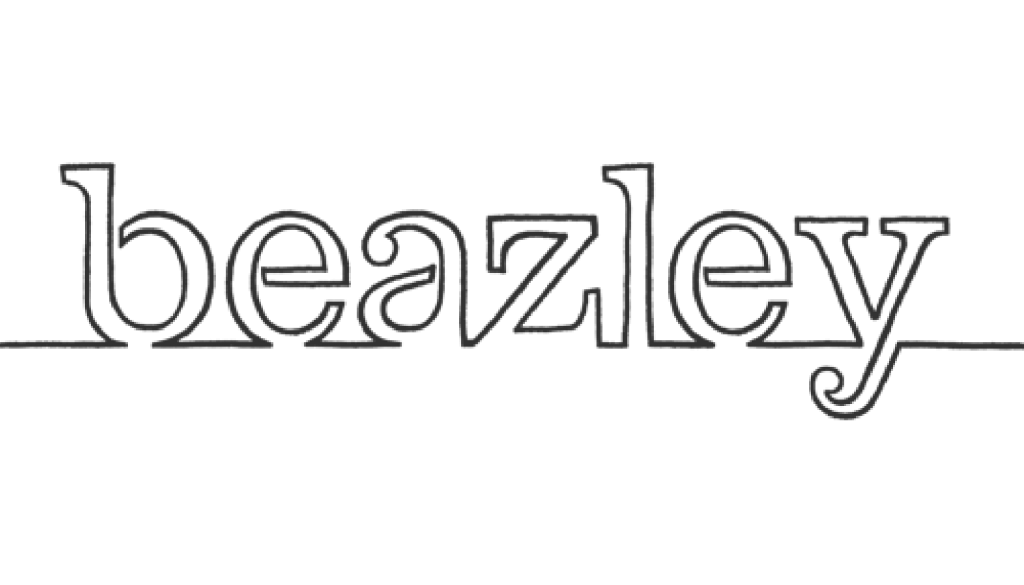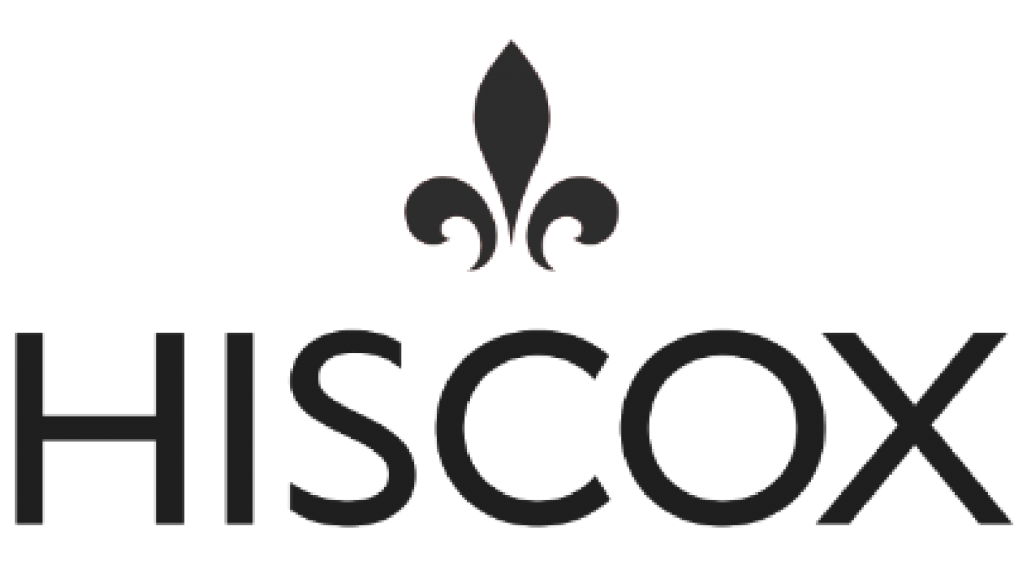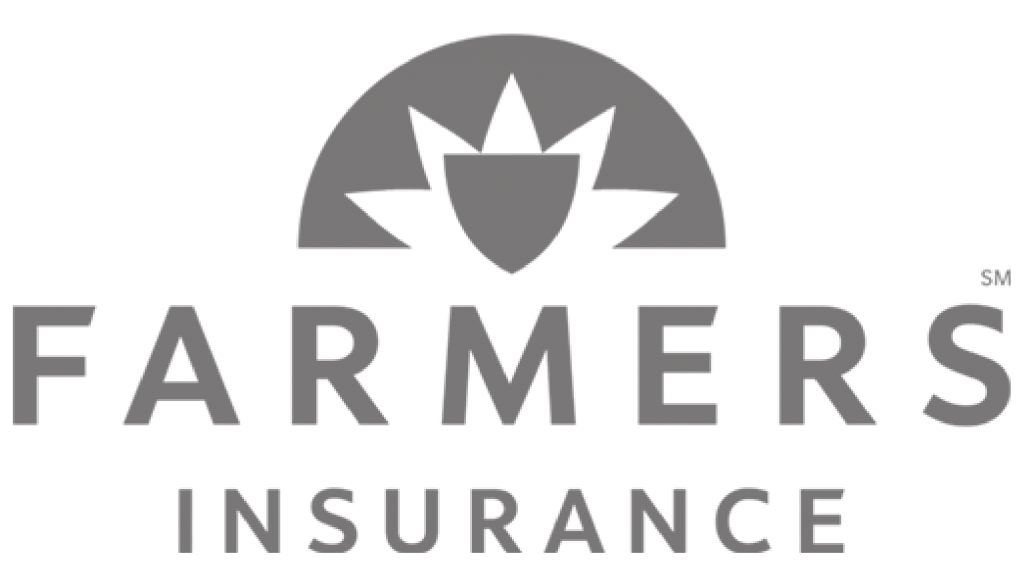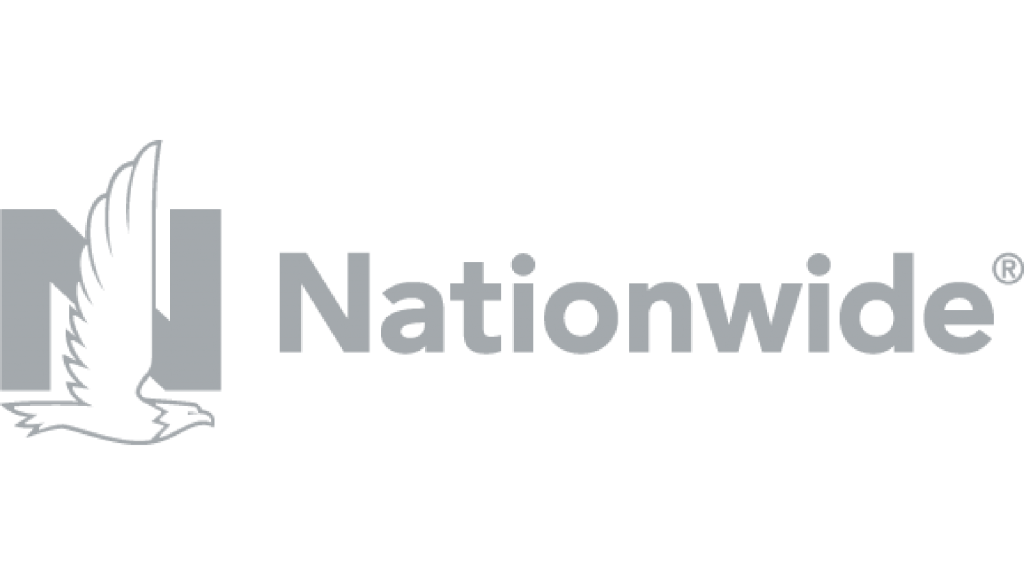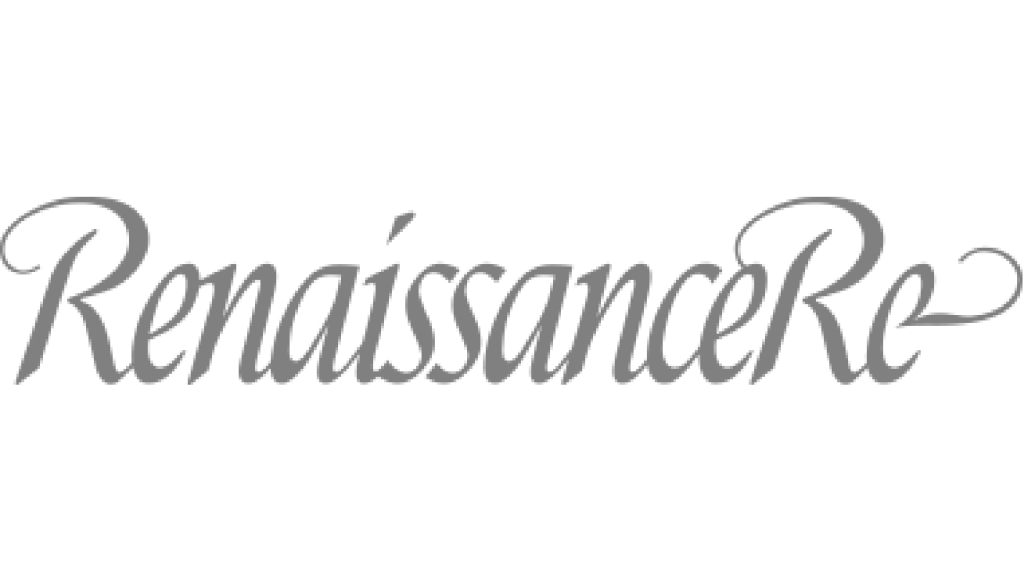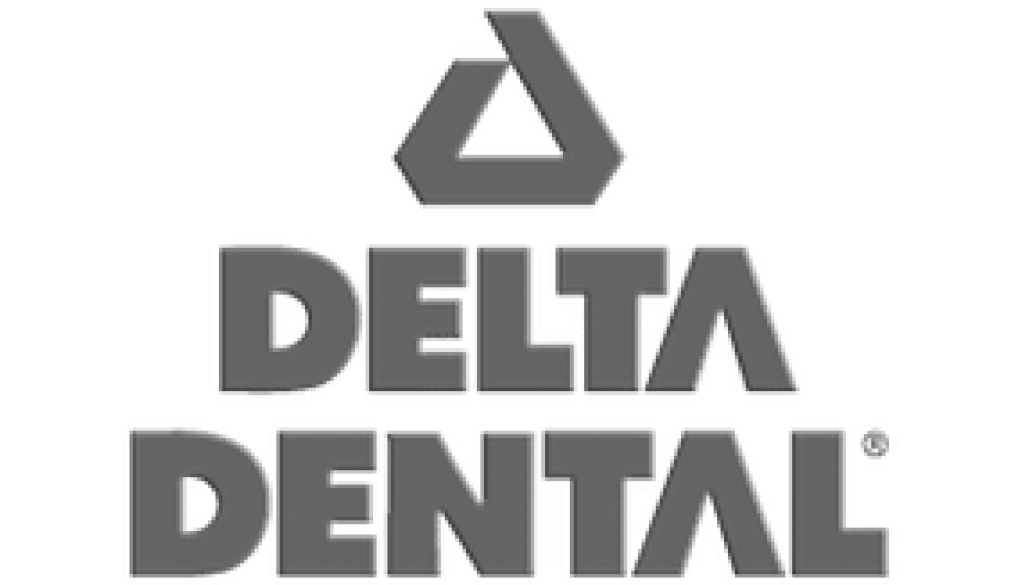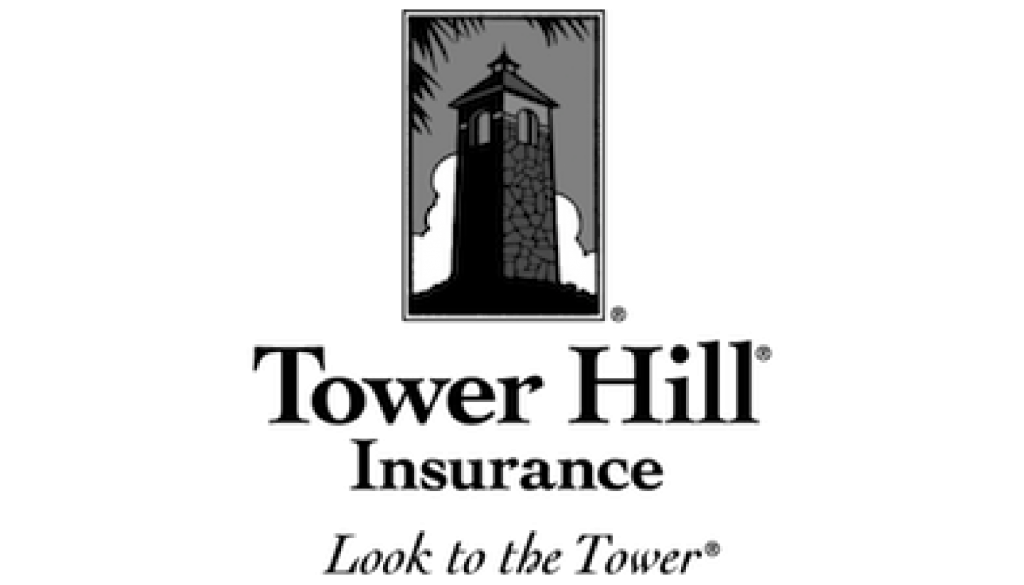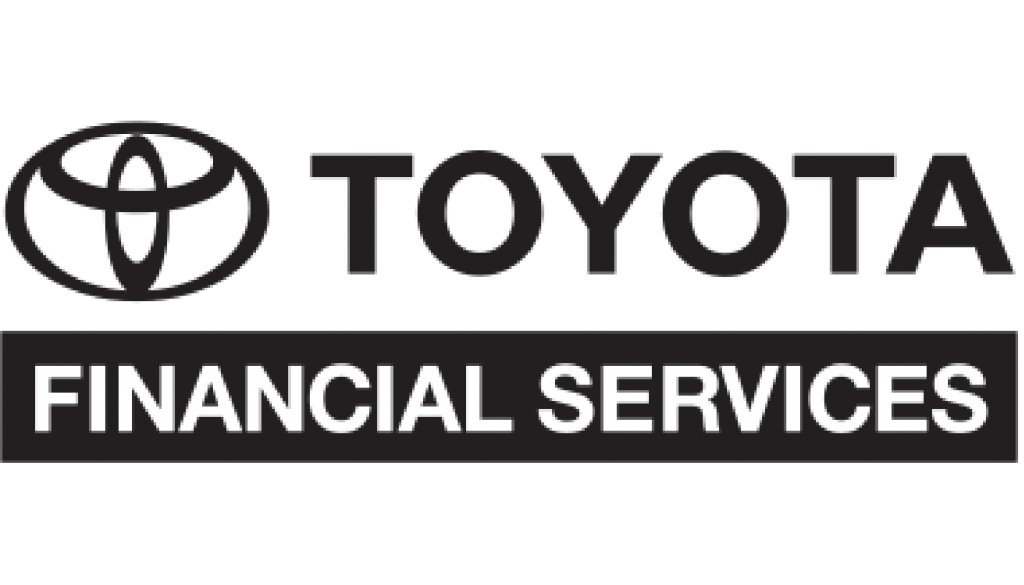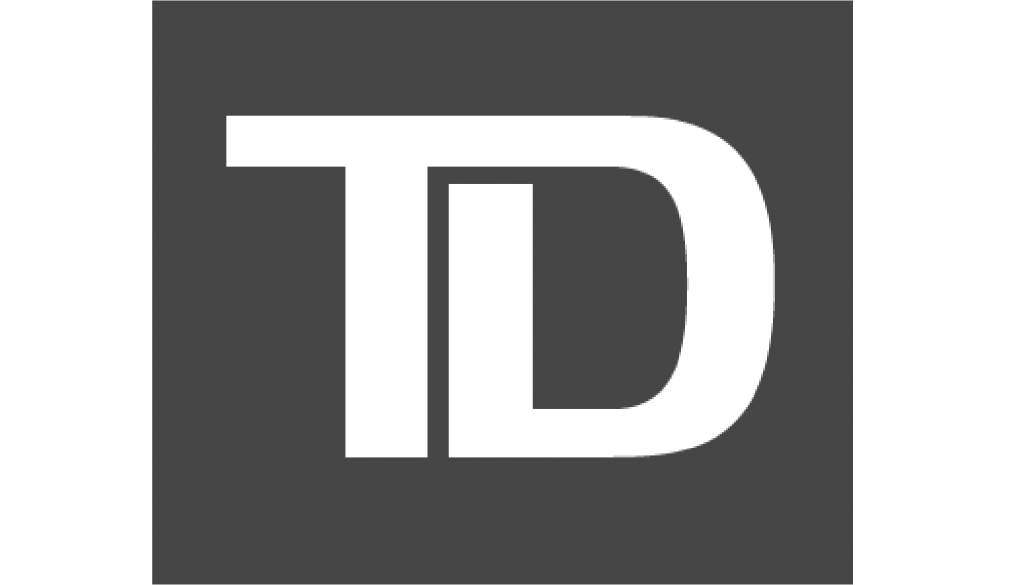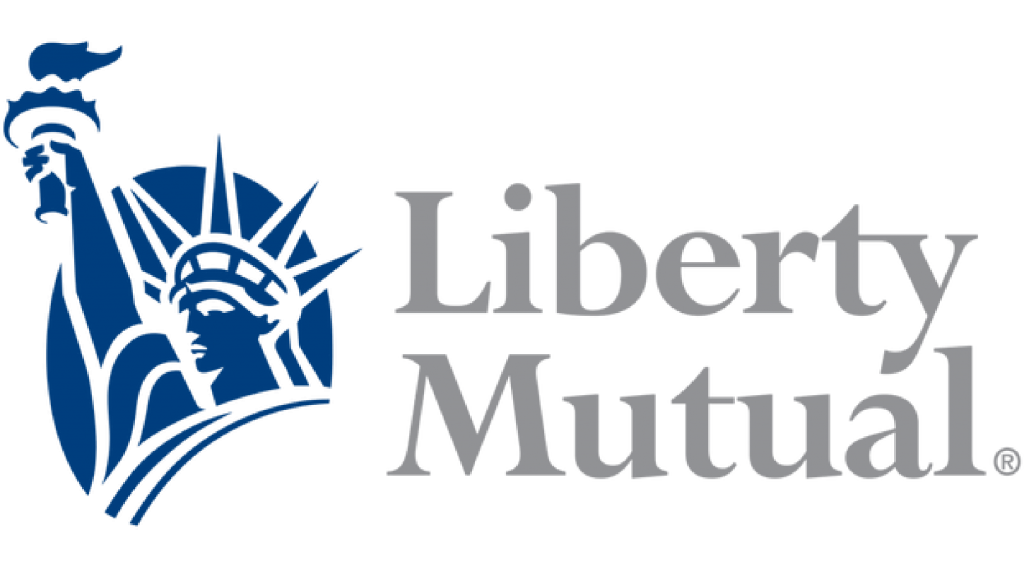Speciality
Case Study
Six Sigma Process Mapping
John and his team completed a thorough six sigma process mapping for one of Canada’s largest property & casualty insurance carriers. This carrier had been plagued by poor claim experience service. As a result of their analysis, John’s team identified several areas of deficiency and designed two maturity models. The implementation of these models resulted in great improvements in both claims as well as underwriting.
Consulting Area: John was again hired as the Executive Sponsor with the added caveat of Senior Domain Lead for a large Canadian Property & Casualty insurer.
John performed as a senior consultant which included identifying the sources of problems for chronic poor customer satisfaction results which plagued this client. In addition, John needed to pinpoint causes of claims loss leakage and he needed to discover and solve issues due to litigation and claims not closing as quickly as they should. John and his team were asked to submit their findings and make recommendations that would quickly solve these issues.
Working as a Senior Domain Consultant for this global consulting company, Tata Consulting Services, John led a project team of six technical experts in assisting this company, which was one of Canada’s largest insurance companies. The goals were to identify and solve problems occurring in the company’s claims handling services and to improve significantly, the level of customer claims satisfaction.
For this project, John and his team pulled together 30 client company subject matter experts from across Canada and spent an entire month performing a six sigma claims process mapping exercise.
Among his team’s findings were:
- Problems with antiquated technologies;
- Poor performance by several of client third party service providers;
- Regulatory obstacles and delays;
- Lack of adequate alignment with legal department attorneys;
- Lack of adequate training; and finally,
- Some organizational structural problems.
John and his team submitted their detailed findings and included a detailed plan of action to bolster both client underwriting and claims handling. These recommendations came in the form of an Underwriting Maturity Model and a Claims Maturity Model. They were designed to return both areas of the company to a position of best in class over a period of 5 years. This company followed the path of the recommendations made. This meant making gradual improvements in key areas of the process over time, including using objective measures to determine the efficacy of the changes. Today, this company is a leader in client claims experience.
